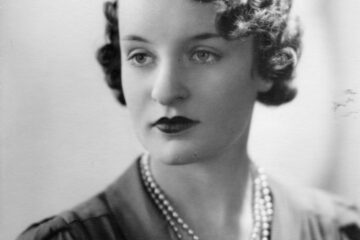Dr Edward Duyker was born in 1955 to a father from the Netherlands and a mother from Mauritius. His mother has ancestors from Cornwall who emigrated to Adelaide, South Australia, in 1849.
Edward’s father Herman, was born in Schaesberg, Limburg and emigrated to Australia in 1950 and arrived here on the Moolton. He was joined in Melbourne in the following years by his brothers, sisters and parents.
Edward was a doctoral candidate at the University of Melbourne. He received his PhD in 1981 for a thesis on the participation of the tribal Santals in the Naxalite–Maoist insurgency in India.
After working as a spot welder at General Motors Holden in Dandenong and an RSPCA ambulance driver, Duyker was recruited by the Australian Department of Defence in Canberra in early 1981 and eventually worked in the Joint Intelligence Organization. He left in July 1983 to take up a position as a Teaching Fellow at Griffith University, Brisbane, but ultimately settled in Sydney as a full-time author in 1984.
Between 2001 and 2022, Duyker was an honorary senior lecturer in the School of Languages and Cultures at the University of Sydney. Between 2009 and 2018, he was an adjunct and then an honorary professor at the Australian Catholic University. In 2007, Duyker was elected a Fellow of the Australian Academy of the Humanities.
Using the Dutch and French linguistic resources of his family, he edited The Discovery of Tasmania (1992) which brought together all known journal extracts from the first two European expeditions to Van Diemen’s Land.

In relation to Dutch-Australian history and culture he wrote:
- The Dutch in Australia (1987)
- A a number of pioneering monographs on the Dutch in Australia.
- Early Dutch Immigrant Naturalizations: An Alphabetical Index 1849—1903
- (With Maryse Duyker) Beyond the Dunes: A Dutch-Australian Story,
- Netherlandish Family History Sources in Australia: An Annotated Bibliography
- (with Hendrik Kolenberg et al.) The Second Landing: Dutch Migrant Artists in Australia
- Exclusions and Admissions: The Dutch in Australia 1902–1946
- Going Dutch at the National Library
- Horace Street Green: A Personal Past, privately published, Sylvania, NSW, 2023, pp. 230, ISBN 978-0-6484209-0-3.
Summary: Dutch-Australians: Towards an Artistic and Cultural Imprint
Edward Duyker traces the evolving cultural contribution of the Dutch in Australia, beginning with early artistic impressions by 17th-century Dutch explorers such as Gilsemans and Victorzoon. He revisits the dramatic story of the Batavia shipwreck (1629) as one of Australia’s earliest and darkest European encounters, which later inspired Dutch-Australian writers like Willem Siebenhaar.
From colonial times through the Gold Rush, Dutch artists such as H.L. van den Houten and J.H. Scheltema shaped Australian visual culture. More arrived in the late 19th and early 20th centuries, including painters, sculptors, and photographers like Ernst van Hattum, Richard Woldendorp, and Paul Cox, who achieved national and international recognition. In parallel, the Ladies of the Grail, a group of Dutch Catholic feminists, made significant cultural and religious contributions in the 1930s and 1940s.
Duyker highlights how post-WWII migration introduced another wave of Dutch creatives across disciplines, from ceramics and textiles to literature. Yet, despite their artistic impact, Dutch migrants became known as the “model assimilators,” often at the expense of cultural retention. Only with the rise of multiculturalism from the 1970s did a rediscovery of Dutch heritage emerge, manifesting in clubs, festivals, and renewed pride in Dutchness.
Duyker critiques the early assimilationist attitudes of both the Australian and Dutch governments, arguing that more could have been done to preserve Dutch language and culture. He concludes with a hopeful vision: that through art, performance, and heritage celebration, Dutch Australians continue to shape a unique cultural identity within the broader Australian landscape.

